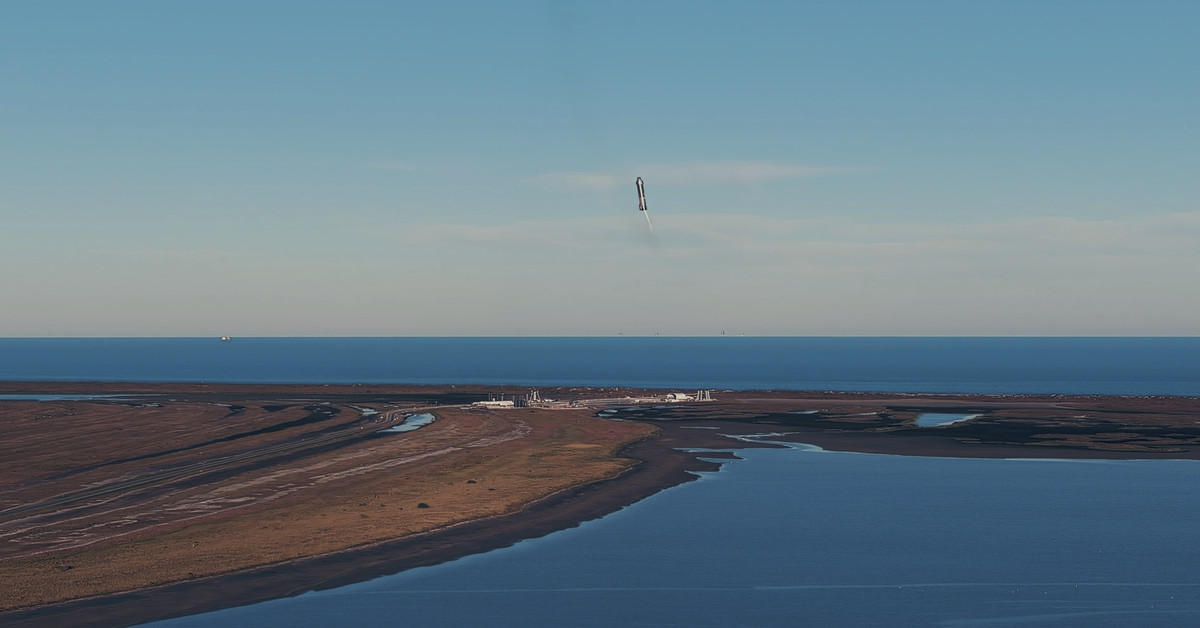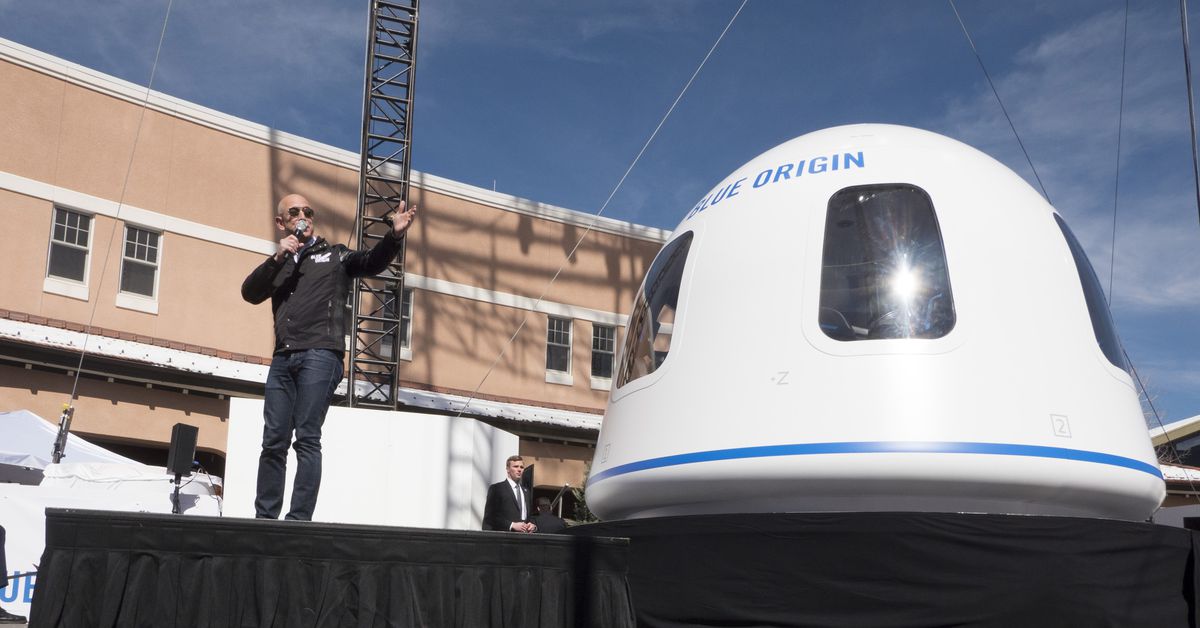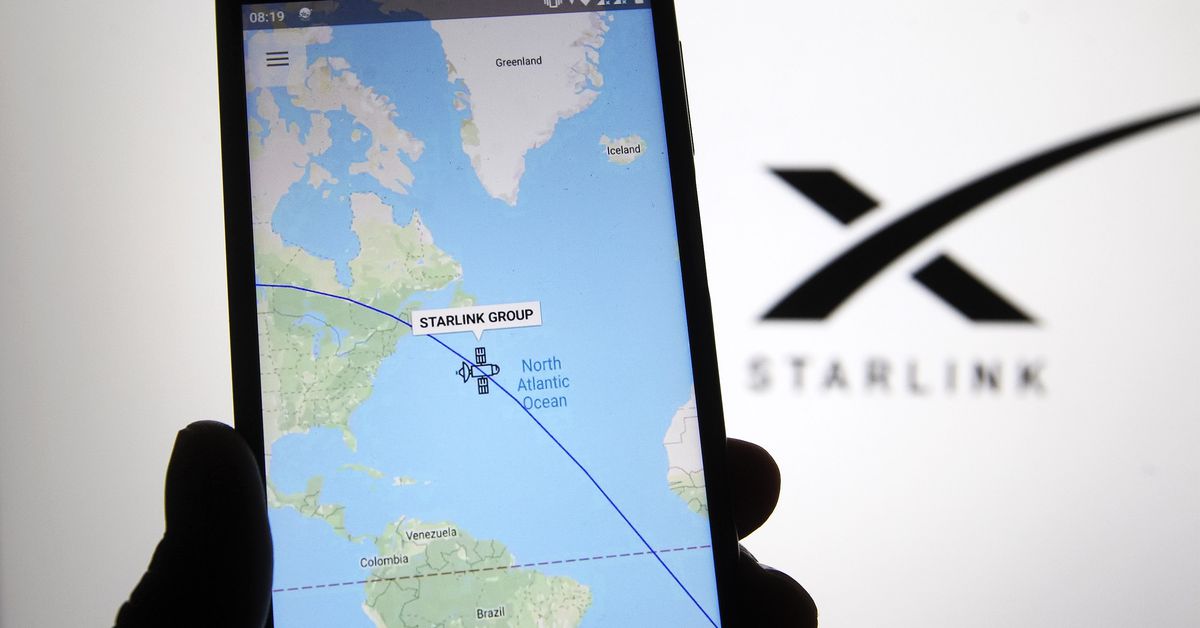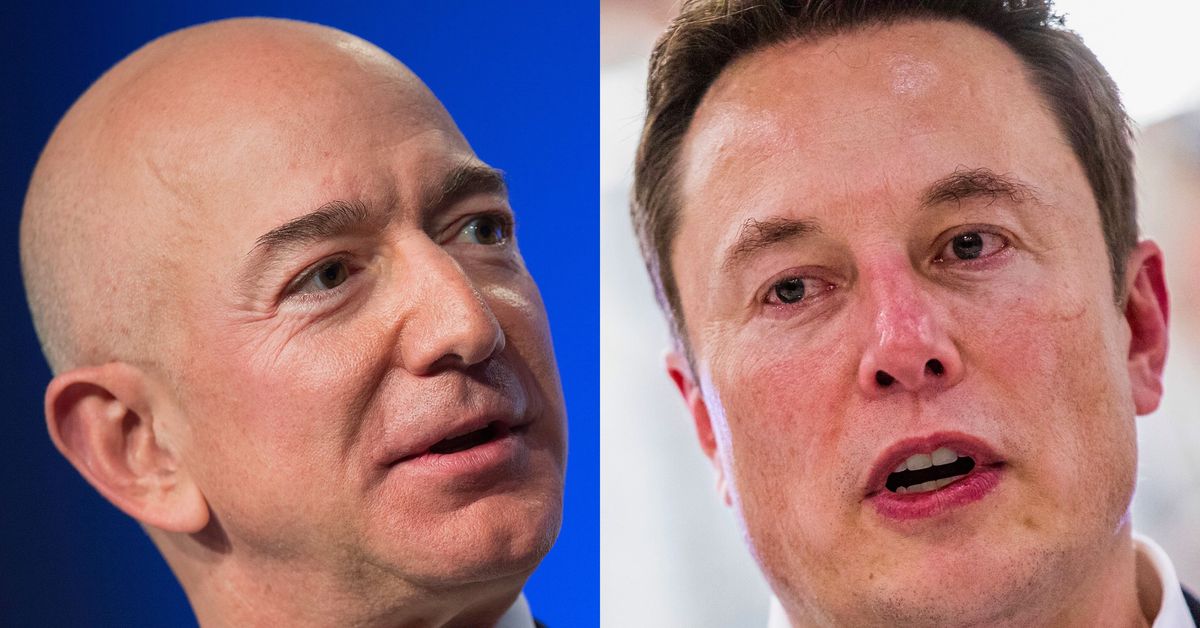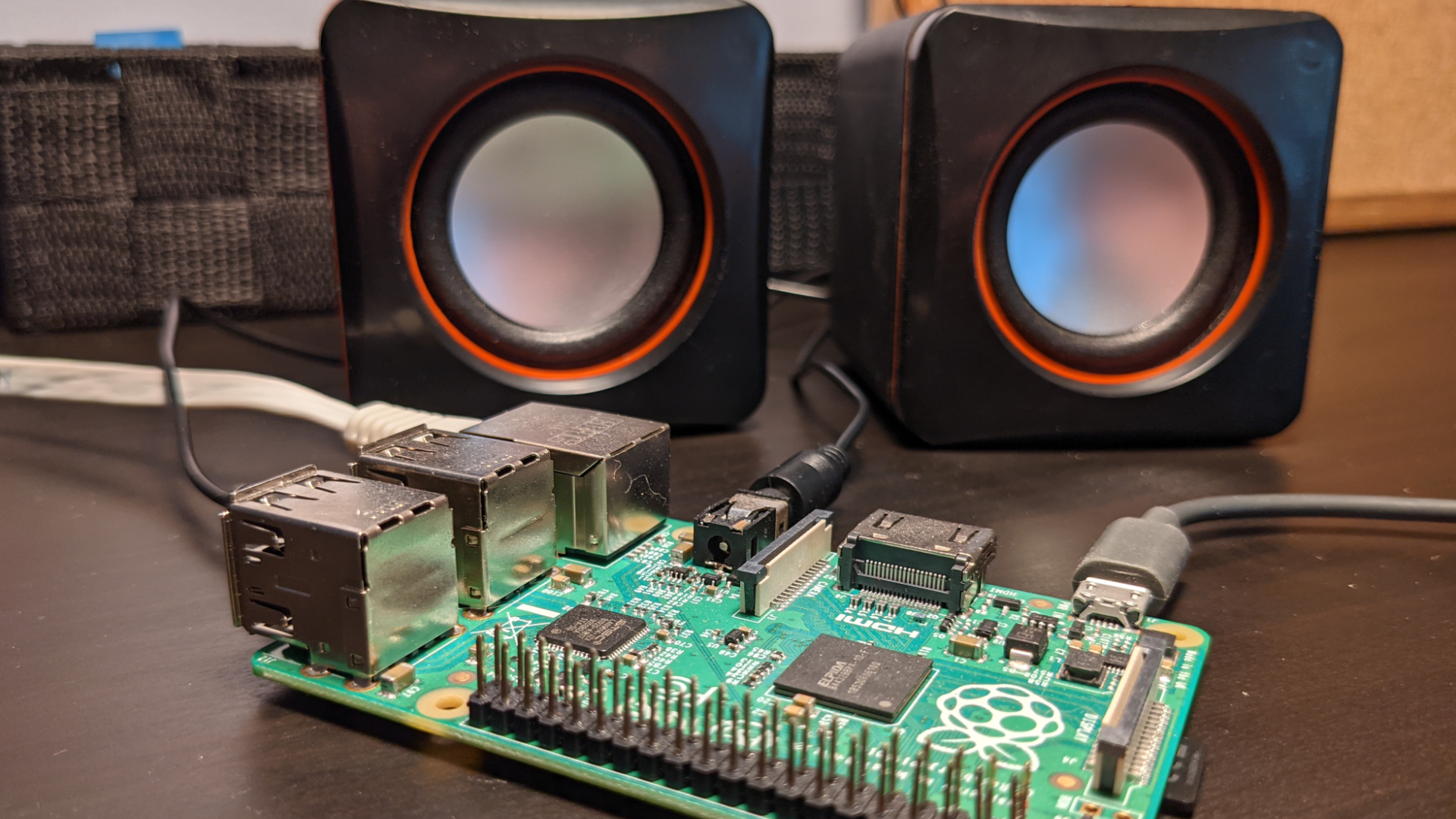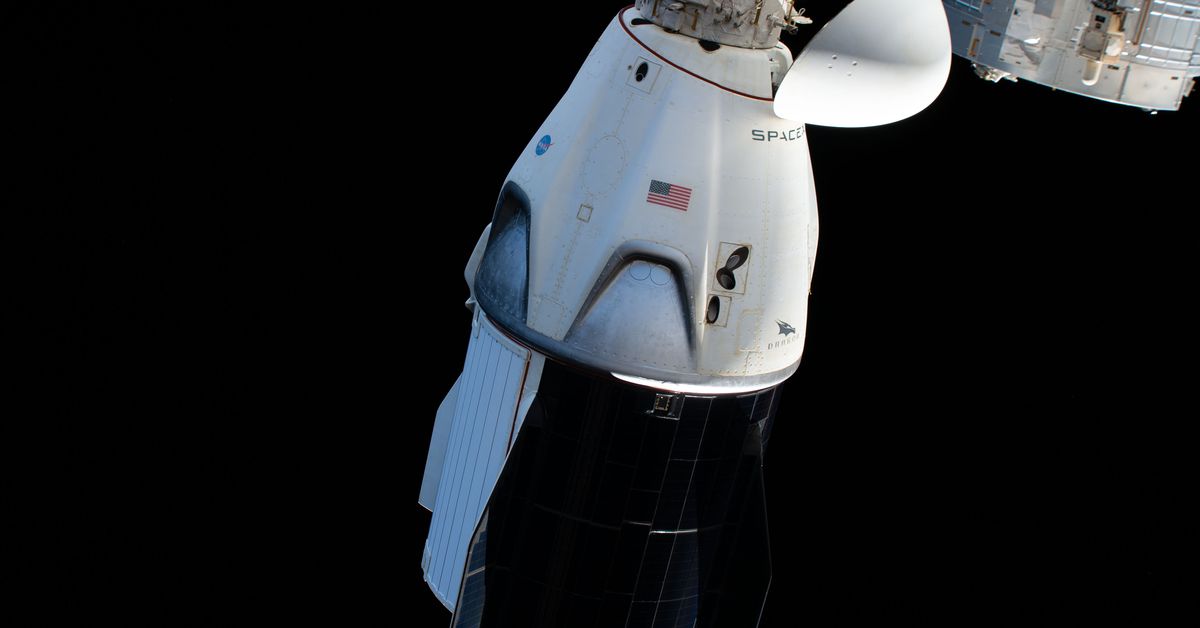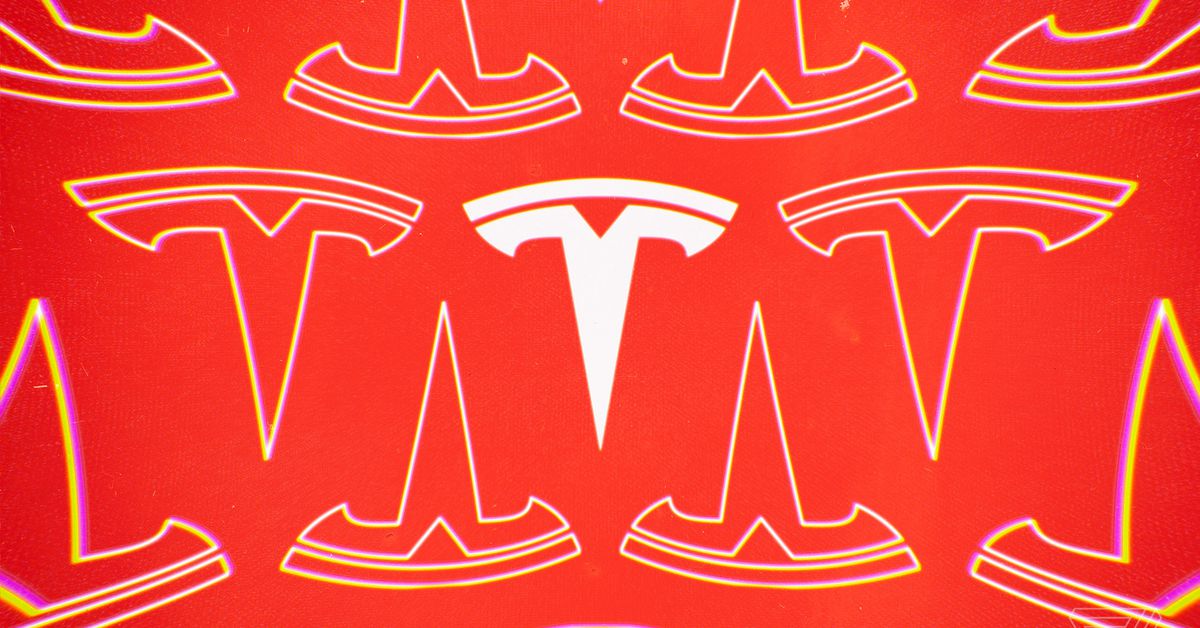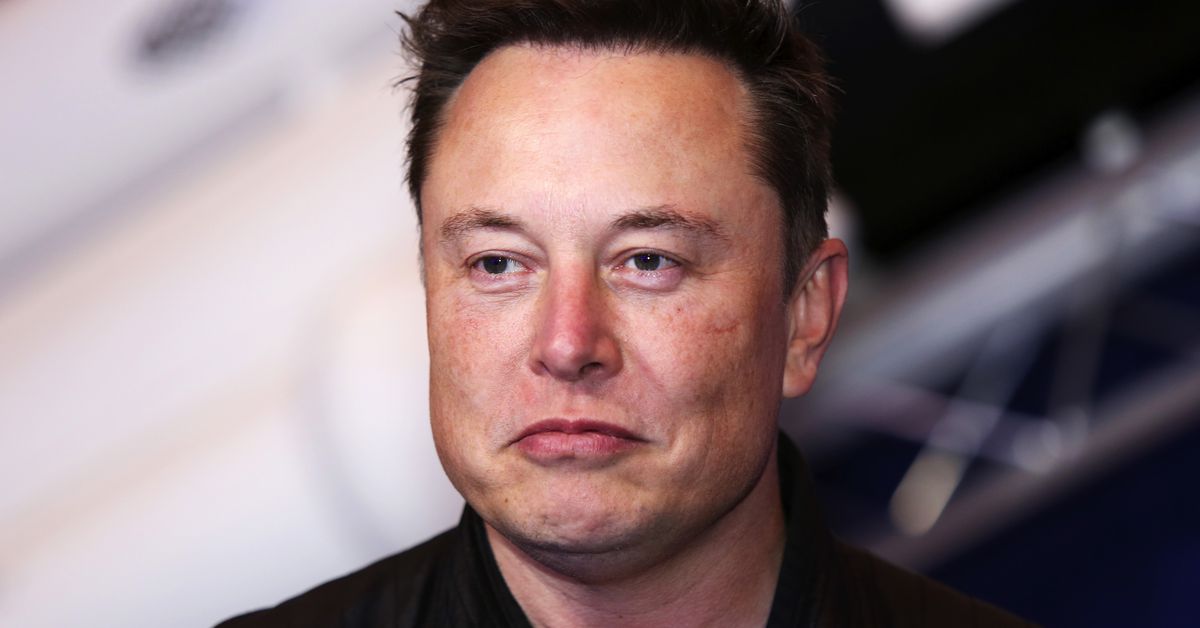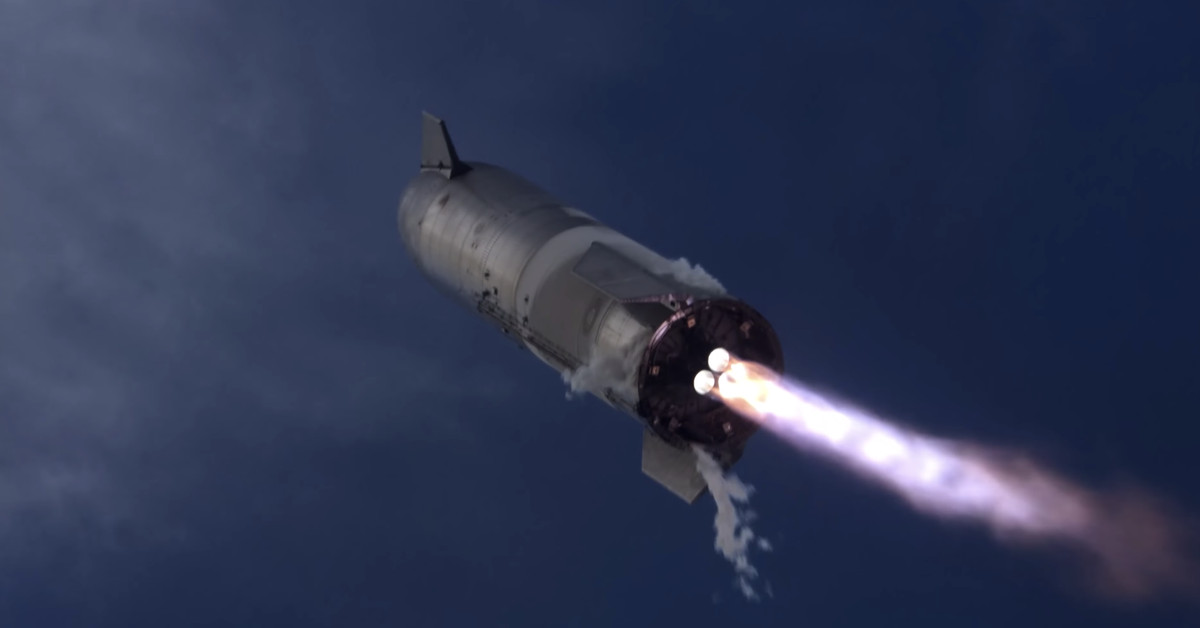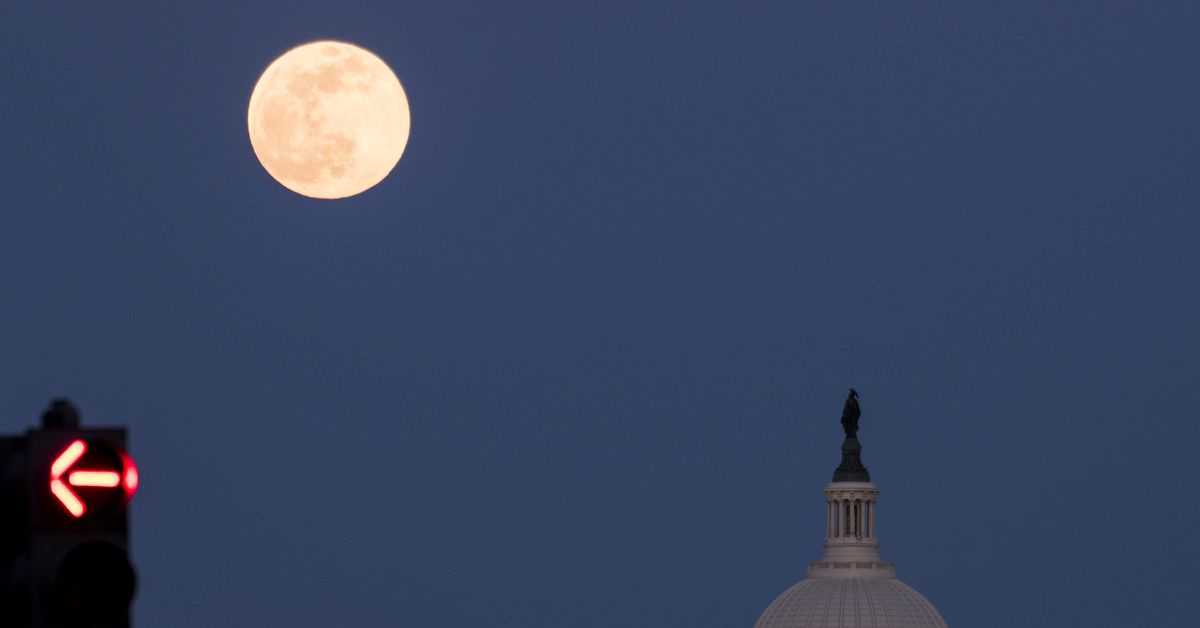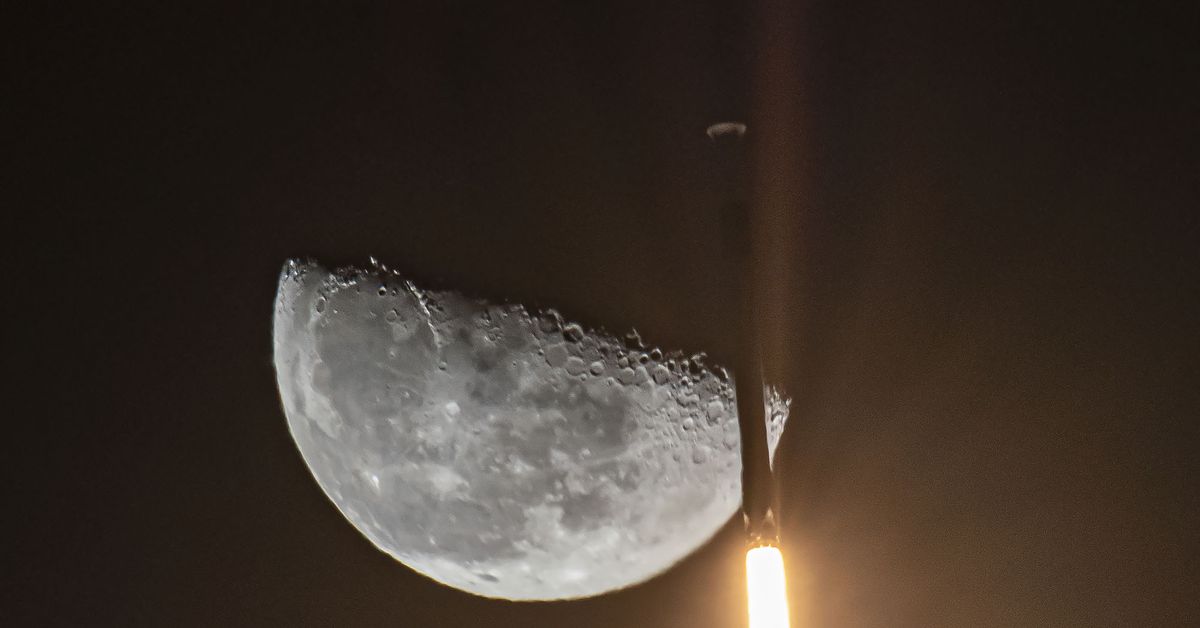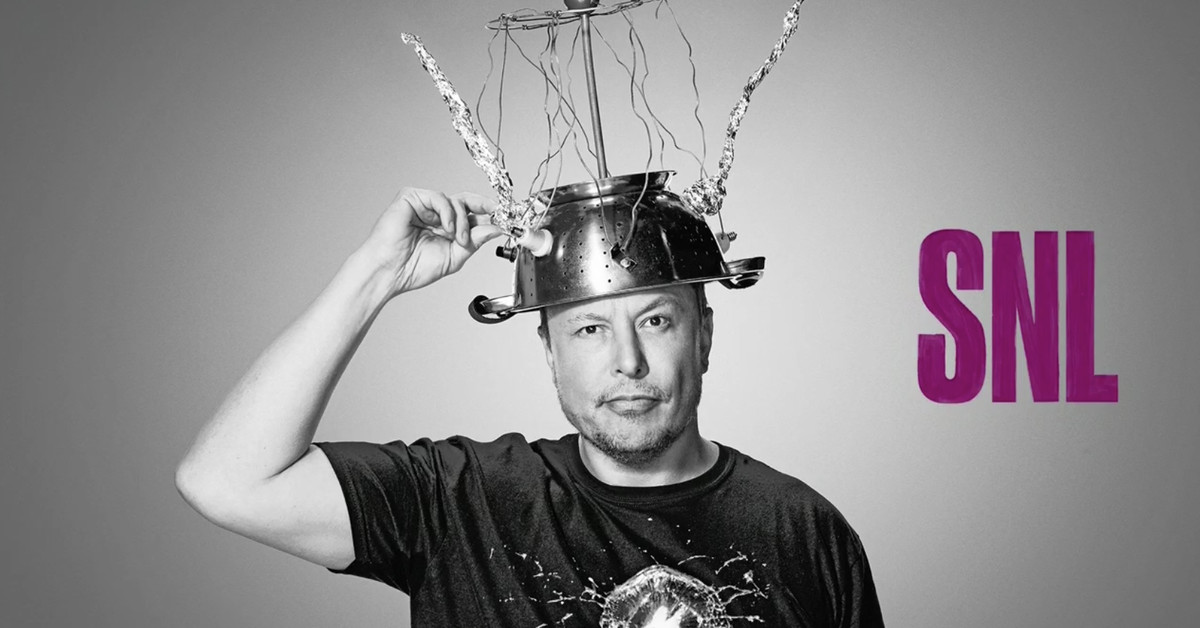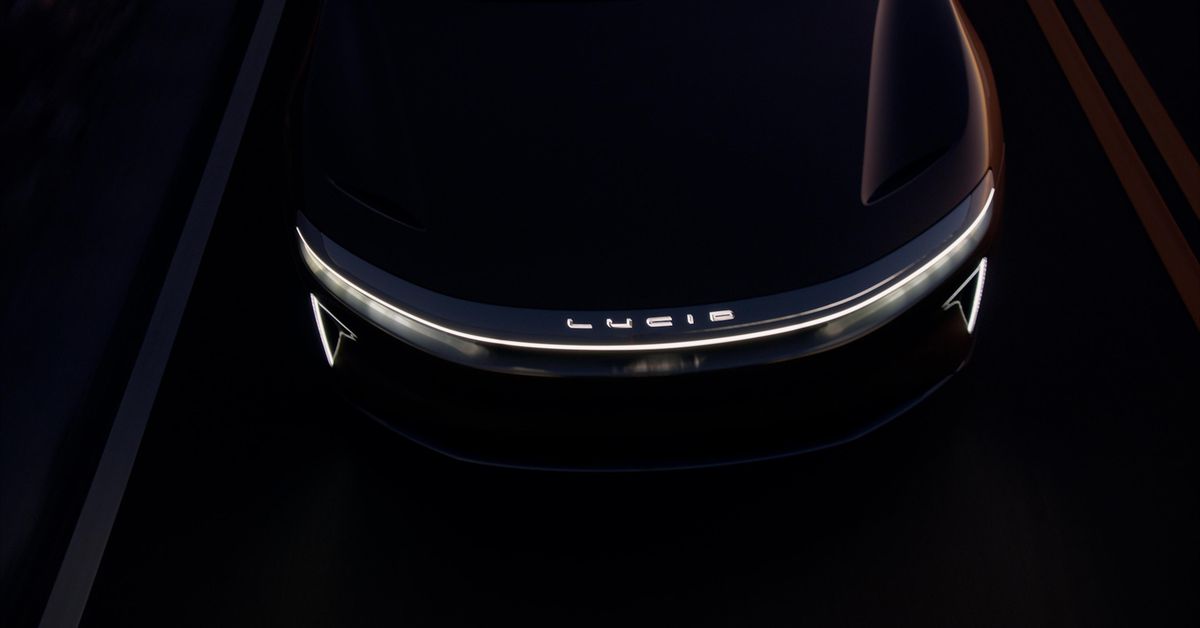Elon Musk’s company was told SN8’s launch would violate its FAA license, but SpaceX launched anyway
Minutes before liftoff, Elon Musk’s SpaceX ignored at least two warnings from the Federal Aviation Administration that launching its first high-altitude Starship prototype last December would violate the company’s launch license, confidential documents and letters obtained by The Verge show. And while SpaceX was under investigation, it told the FAA that the agency’s software was a “source of frustration” that has been “shown to be inaccurate at times or overly conservative,” according to the documents.
SpaceX’s violation of its launch license was “inconsistent with a strong safety culture,” the FAA’s space division chief Wayne Monteith said in a letter to SpaceX president Gwynne Shotwell. “Although the report states that all SpaceX parties believed that such risk was sufficiently low to comply with regulatory criteria, SpaceX used analytical methods that appeared to be hastily developed to meet a launch window,” Monteith went on.
Launch violations are rare in the industry, even as private contractors have taken over work that once was the US government’s alone. SpaceX occupies a particularly dominant position, as it is now NASA’s only ride to the International Space Station and the Moon. The documents exclusively obtained by The Verge show how SpaceX prioritized speed over safety when launching on its own private rocket playground. Ultimately, the FAA didn’t sanction SpaceX, and less than two months later, SpaceX resumed flights in Boca Chica, Texas.
For Musk, SpaceX’s CEO who was on site for SN8’s launch day, the violation is one of the latest tussles with regulators overseeing his companies. After settling with the Securities and Exchange Commission in 2018 over an attempt to take Tesla private, Musk was told his tweets about the company needed a lawyer’s sign-off. Shortly after, he went on 60 Minutes to say no one was approving his tweets; the SEC brought him back to court, though Musk’s tweets have continued to raise eyebrows with no apparent consequences. In 2020, Musk’s Fremont Tesla factory violated local safety orders, defying the local government’s stay-at-home order to work through the pandemic. Musk taunted local officials, inviting them to come arrest him.
SpaceX emerged from the December launch violation relatively unscathed. The company has since won a $2.9 billion contract to put NASA astronauts on a Starship flight to the Moon in 2024 — the first and only such contract in a half-century.
Neither SpaceX nor Musk has publicly commented on the SN8 violation. SpaceX didn’t respond to a request for comment. The FAA confirmed the violation after a report by The Verge in January. But a confidential five-page report by SpaceX and letters between Shotwell and Monteith reveal what SpaceX employees knew before liftoff and detail how the company responded to its violation in the aftermath.
SpaceX first attempted to launch SN8 at SpaceX’s South Texas Starship campus on December 8th with FAA approval, but it scrubbed due to an engine issue. Launch day on December 9th, when weather conditions changed, was full of ad hoc meetings between company employees and FAA officials, who repeatedly rejected SpaceX’s weather and launch modeling data that purported to show SN8 was safe to fly, according to a five-page SpaceX report. It was unclear what role, if any, Musk himself played in the decision to launch SN8.
The FAA’s models showed that if the rocket exploded, its shockwave could be strengthened by various weather conditions like wind speed and endanger nearby homes. As a new launch countdown clock was ticking, SpaceX asked the FAA to waive this safety threshold at 1:42PM, but the FAA rejected the request an hour later. SpaceX paused the countdown clock.
SpaceX’s director of launch operations, whose name wasn’t provided in the report, restarted the launch countdown clock shortly after. The report said the director had “the impression that” SpaceX’s data was sufficient. But that wasn’t the case. As the launch clock was counting down, SpaceX staff in the meeting made little progress — 15 minutes before liftoff, “the FAA informed SpaceX that the weather data provided was not sufficient.” The same safety risk remained, and SN8 wasn’t cleared for launch.
SpaceX employees left the FAA meeting for the company’s launch control room ahead of SN8’s launch. Minutes before liftoff, an FAA safety inspector speaking on an open phone line warned SpaceX’s staff in the launch control room that a launch would violate the company’s launch license. SpaceX staff ignored the warning because they “assumed that the inspector did not have the latest information,” the SpaceX report said.
SpaceX launched the rocket anyway. The steel-clad SN8 prototype flew more than six miles over the company’s private rocket facilities on the coast of Boca Chica, Texas, and blew to smithereens upon landing. No injuries or damage to any homes were reported.
In one letter to Shotwell, Monteith cited SpaceX’s report and slammed the company for proceeding with the launch “based on ‘impressions’ and ‘assumptions,’ rather than procedural checks and positive affirmations.”
“These actions show a concerning lack of operational control and process discipline that is inconsistent with a strong safety culture,” he said.
SpaceX agreed to take over a dozen corrective measures but defended its own data and decision-making. The company criticized the FAA’s launch-weather modeling software. The software’s results, SpaceX said, can be intentionally interfered with to provide “better or worse results for an identical scenario.”
SpaceX has complained to the FAA in the past about the software, but “this feedback has not driven any action, contributing to the situation described above,” the report said. A “closer and more direct dialogue” with FAA officials would’ve smoothed the FAA discussions before SN8’s launch, SpaceX added.
SpaceX also proposed corrective measures: pausing the launch countdown clocks if an FAA inspector says there’s a violation and lowering the threshold for manually detonating an errant rocket midflight, before a more dangerous explosion occurs. The company also proposed to build at least four new launch and weather modeling tools with the FAA.
Monteith wasn’t happy with SpaceX’s response. He ordered SpaceX to reevaluate its safety procedures and launch day chain of command, and he urged it to go back and review the launch control room phone lines to spot any times SpaceX strayed from the license’s communication plan. He also required an FAA inspector to be physically present in Texas for every Starship prototype launch in the future. Flying inspectors from offices in Florida to rural Texas for each launch isn’t easy, so the FAA might base one in Houston for a shorter trip.
FAA investigators couldn’t determine whether the SN8 license violation was intentional, according to people involved in and briefed on the investigation, speaking on the condition of anonymity. That’s partially why the FAA review of the violation wasn’t a more in-depth investigation that could have resulted in fines or stronger consequences. FAA officials also believed grounding Starship and foisting a two-month investigation on a multibillion-dollar company focused heavily on speedy timelines would be a more effective penalty than imposing relatively trivial fines, the people said.
SN8 marked SpaceX’s first high-altitude launch outside of its other launch sites in Florida and California, where Air Force officials who monitor local weather conditions tell the company whether it’s safe to launch. Those government officials, formally called Range safety officials, don’t exist at SpaceX’s private rocket facilities in south Texas. SpaceX was primarily responsible for its own range safety during SN8’s launch, a responsibility in which it had very little experience. The company acknowledged in its report that the Starship site “was not mature enough” to function as a range.
SpaceX is moving ahead anyway. Since the launch violation, it’s launched four more rockets at the Starship site and even landed one successfully — all with FAA approval and a few changes to its operations. Unlike SN8, which launched on an automatic timer, other Starship launches now require a final “go” command from a human operator, Shotwell said in a letter to Monteith. And it is taking a stab at maturity, at least with its range safety tech.
At least one of the new launch-weather models SpaceX proposed, designed to bolster its range capabilities, has already taken shape. The company is building a database of wind patterns over Boca Chica to help inform its launch day weather modeling, using an experimental tool to gather wind speed data, according to a document the company filed with the Federal Communications Commission in April.
But new weather tools won’t change Musk’s Twitter presence, a concern for agency officials and lawmakers who worry the CEO’s candid tweets influence SpaceX employees and put unfair pressure on launch safety processes.
As the FAA’s review of SpaceX’s safety culture investigation was nearing completion in late January, holding up the company’s SN9 launch for a few days, Musk tweeted that the FAA’s “space division has a fundamentally broken regulatory structure” and that, under its rules, “humanity will never get to Mars.” An FAA spokesman replied, saying the agency “will not compromise its responsibility to protect public safety.”
The House transportation committee that oversees the FAA opened its own probe into SpaceX’s SN8 violation in February as well as “the FAA’s subsequent response, and the pressure exerted on the FAA during high profile launches,” chairs of the committee and its aviation subcommittee wrote to the agency’s administrator Steve Dickson. SpaceX’s recent launch activities raise serious questions about whether the FAA is under “potential undue influence” in making safety decisions, the letter said.
In March, after an onsite FAA inspector left town for the weekend following a week of anticipation for the company’s SN11 prototype launch, SpaceX emailed the inspector on Sunday to return for a Monday liftoff, according to a person familiar with the exchange. The inspector, taking the weekend off, missed the email at first but hopped on an early Monday morning flight back to Texas.
“FAA inspector unable to reach Starbase in time for launch today,” Musk wrote on Twitter, stirring up vitriol against the FAA in SpaceX’s fan base bubbles on Twitter and Reddit. The inspector landed in Texas, and SN11 launched the next day.
